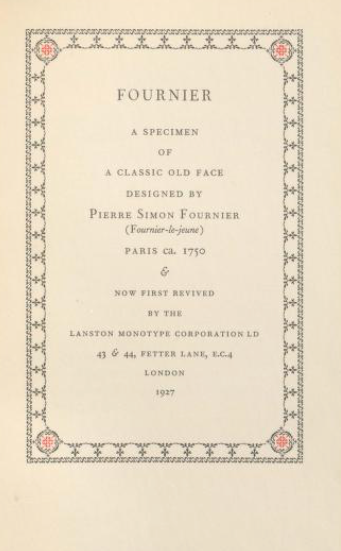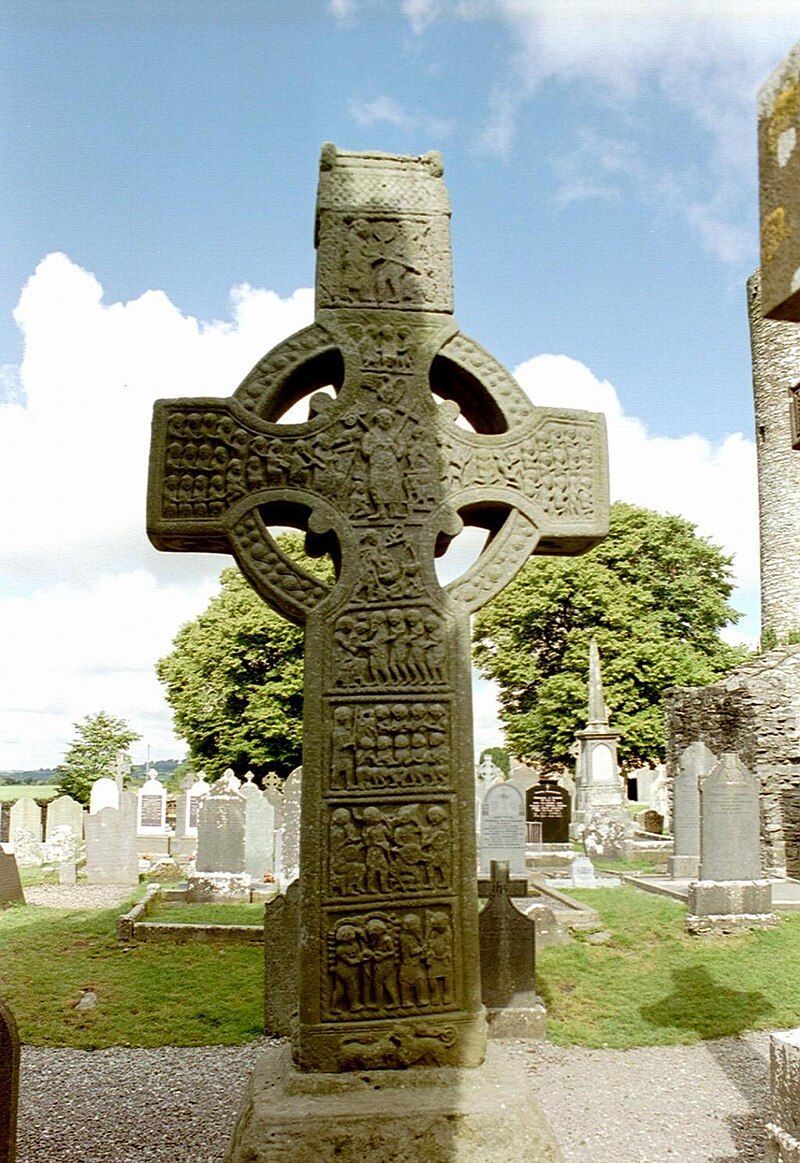The StoryBook Font & Fairy Tale Font
Introducing the StoryBook and Fairy Tale Fonts. I like reading old books with fanciful crafted title caps (called "versals" in the typographic world). They remind me of days gone by when a children's book, full of illustrations of well-know children's tales and Mother Goose stories, captured the attention of children and adults alike (See Illustration Below). What happened to those old, fun-loving illustrations and typefaces of long ago? Many would say they have outlived their time and usefulness. I disagree and have set about designing two new typefaces, called StoryBook and FairyTale, which seek to get us back to these fantastic old books and illustrations.
Using a flowery old-fashioned border in the StoryBook Font, I have set capital letters against a backdrop of well-known nursery rhyme illustrations. These fanciful caps can be set as opening letters to a children's book or series of children's stories. I have attempted to find either public domain illustrations and then make outlines of the main characters using Adobe InDesign and Photoshop tools, or have purchased resources for fair use in such background designs.
In the Fairy Tale Font, which has specialized characters, I have mostly utilized the fine work of others and adapted such work to scannable pieces from which I could create a suitable font. You will have to be the judge of the final product. I am very interested in your evaluations and comments.
There are three iterations of the StoryBook font — StorybookSerif, StoryBookSansSerif, and StoryBookBackgrounds. The Serif font version uses letters adapted from the open source Libre Baskerville font. The SansSerif version uses Sans Serif open source font. The Backgrounds version has no inset font in the background diagrams. It also has a page where the font diagrams have been transformed into outline versions, thus allowing the user to employ the background in a variety of ways. One such variation is to use an outline font placed over the backgrounds to give the user more "storybook" like appeal.
The StoryBook font is a collection of capitals along with some illustrations that can be utilized in a children's book. The Fairy Tale Font are illustrative pieces that can be used in texts or displays. I have also included in the Fairy Tale Font additional explanatory pages of the origins and use of the font. Samples of the fonts, used in well-known nursery and children's rhymes throughout the ages, are below. If you are interested in using the fonts, contact CARE Typography at cshanktype@gmail.com, for securing them.

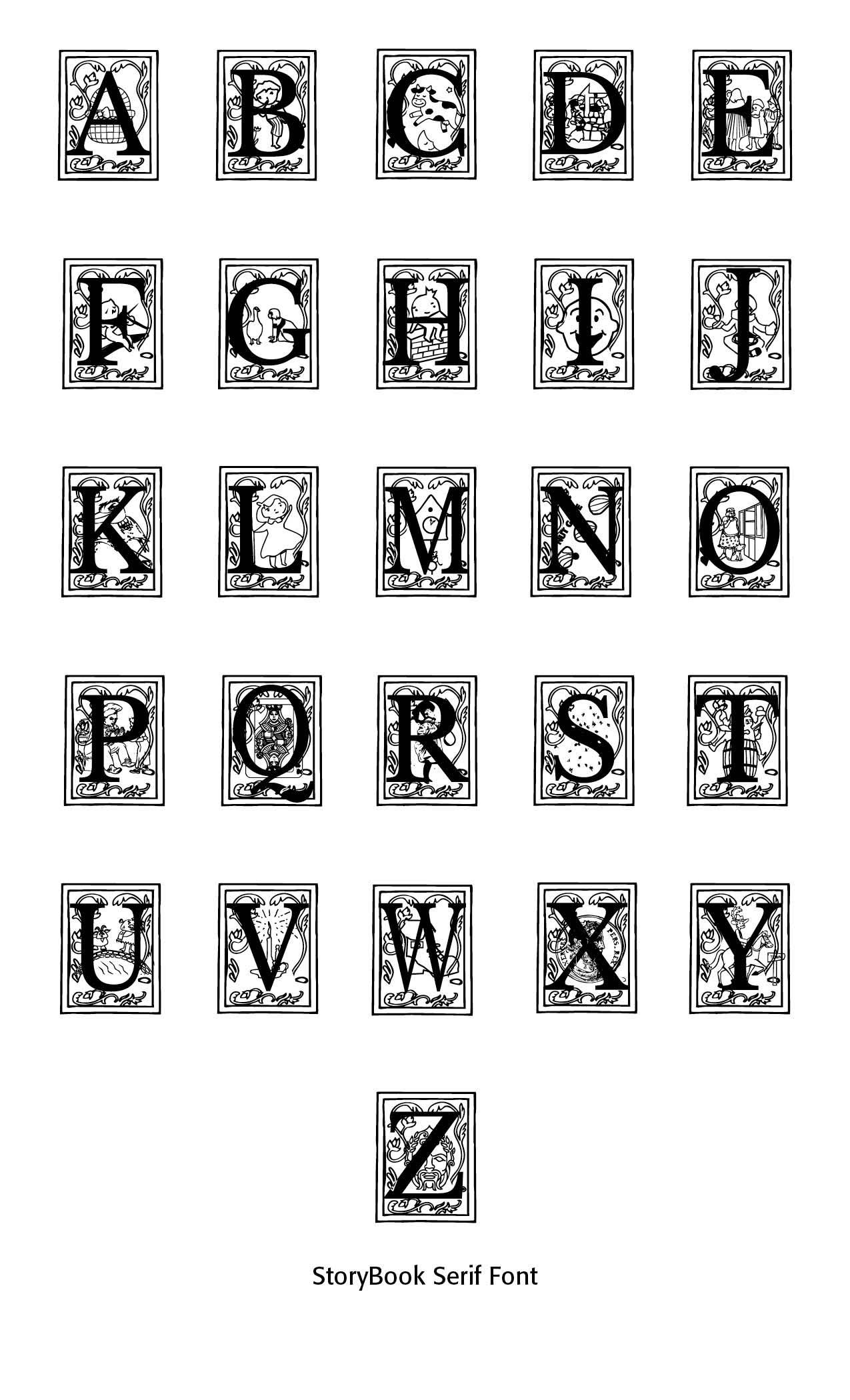
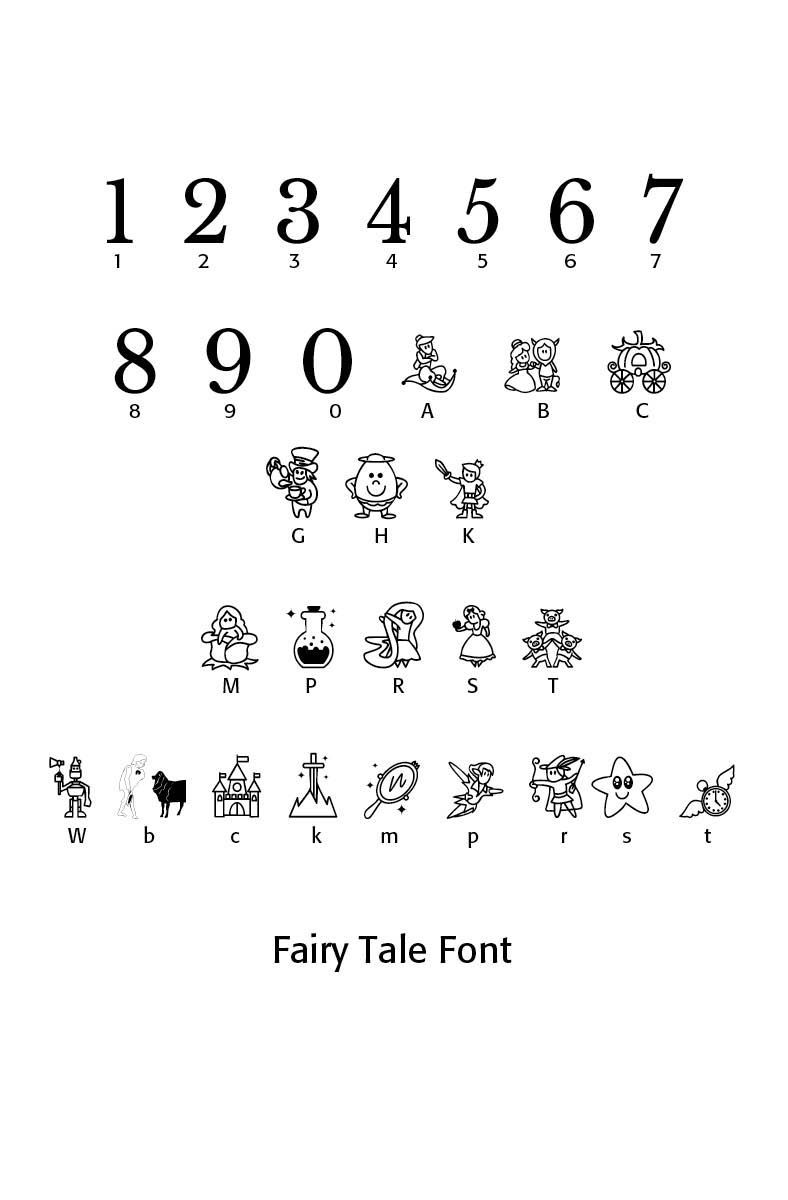

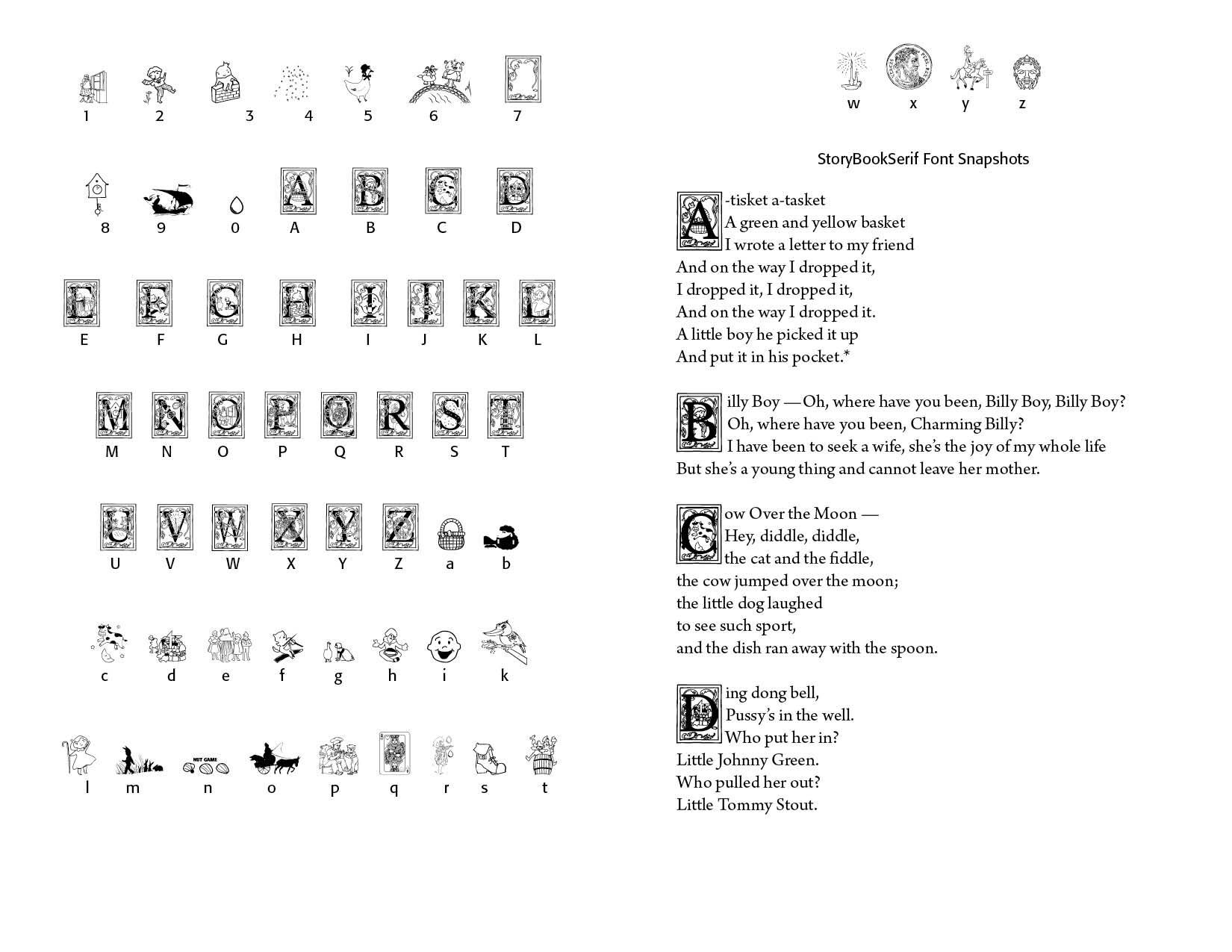

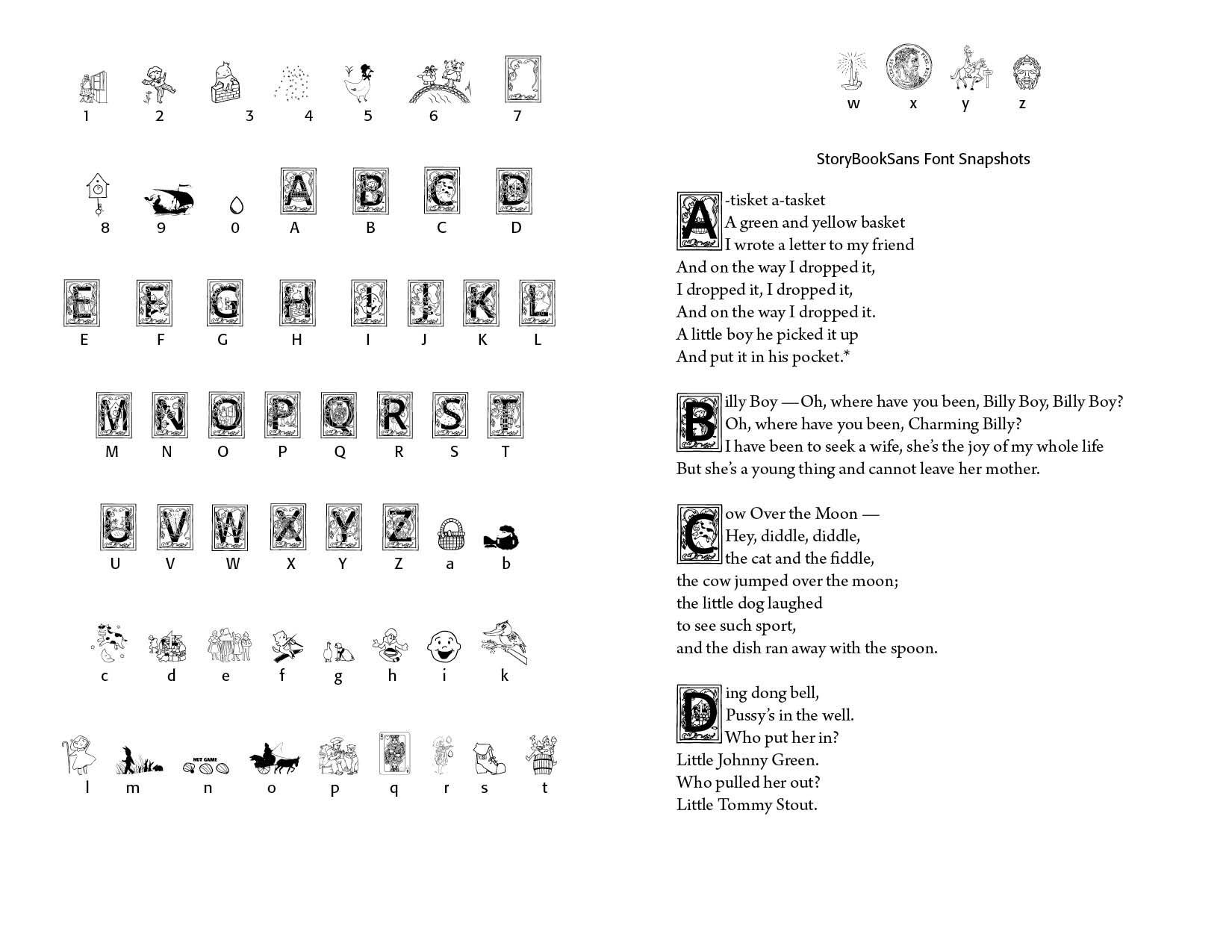
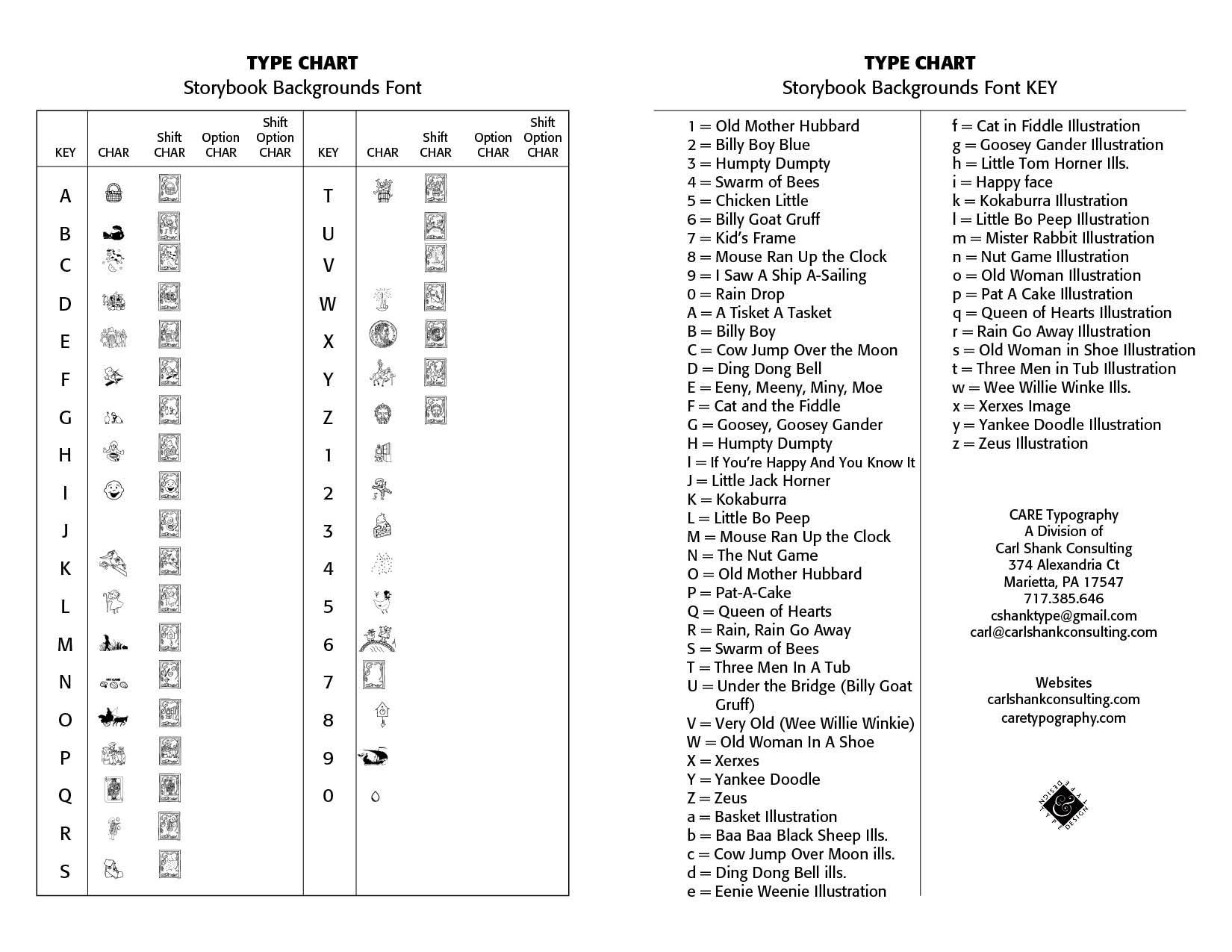

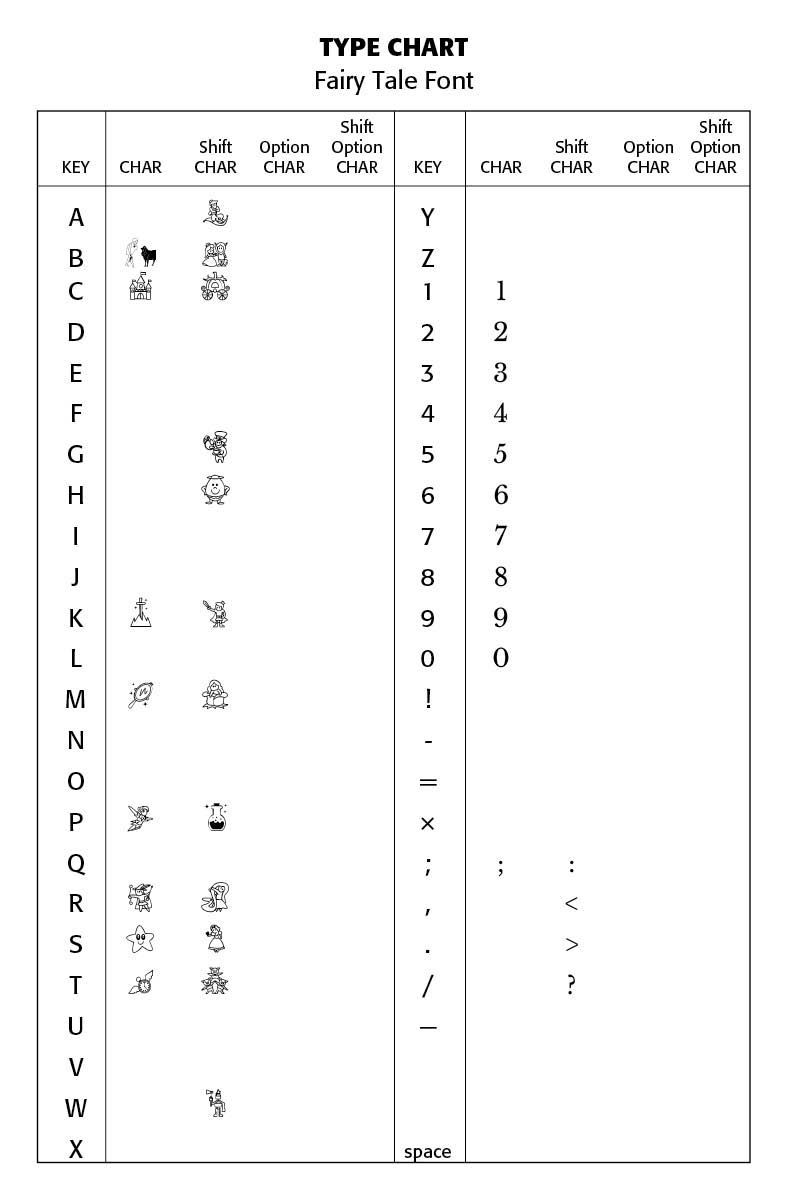
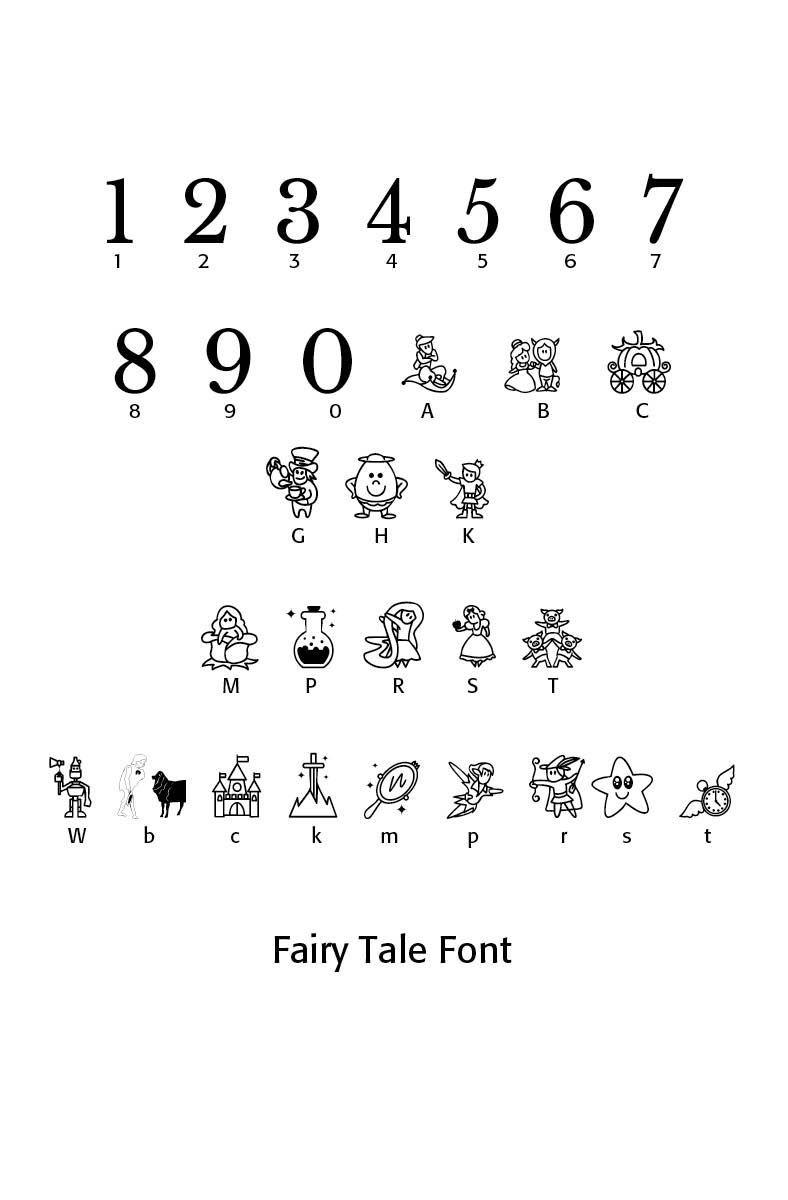


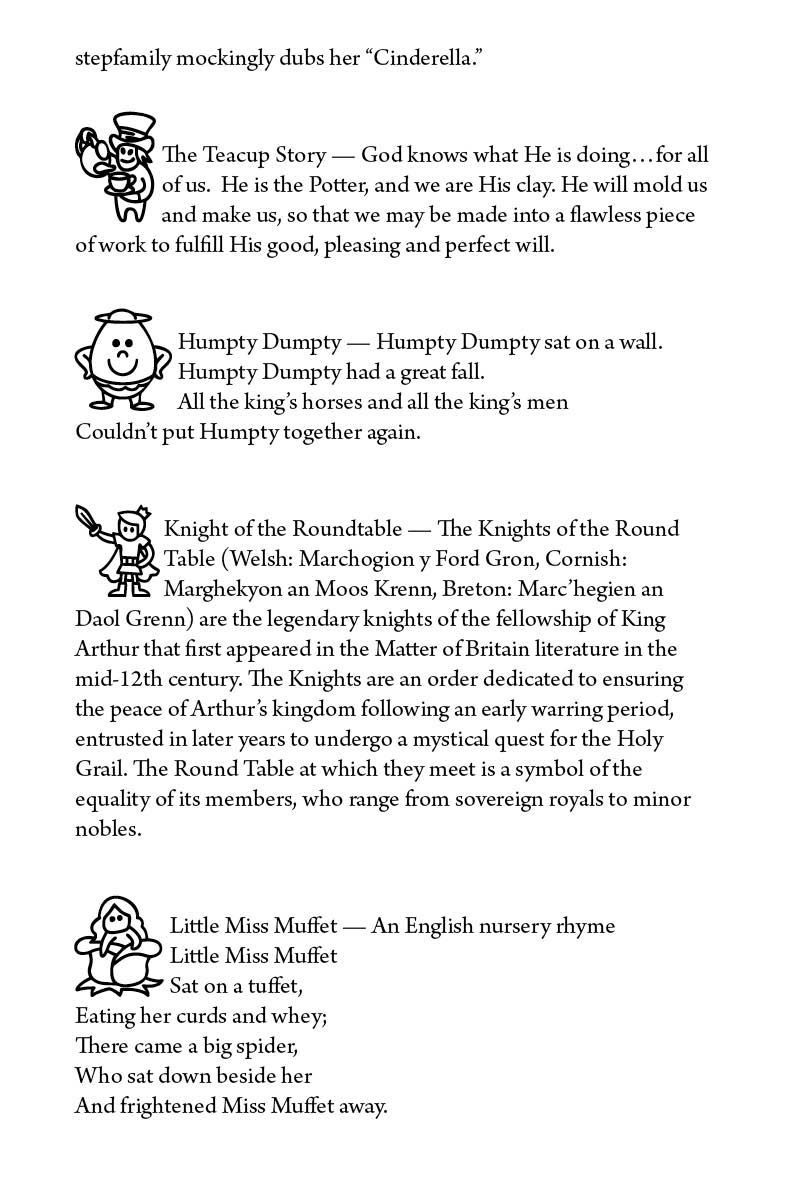

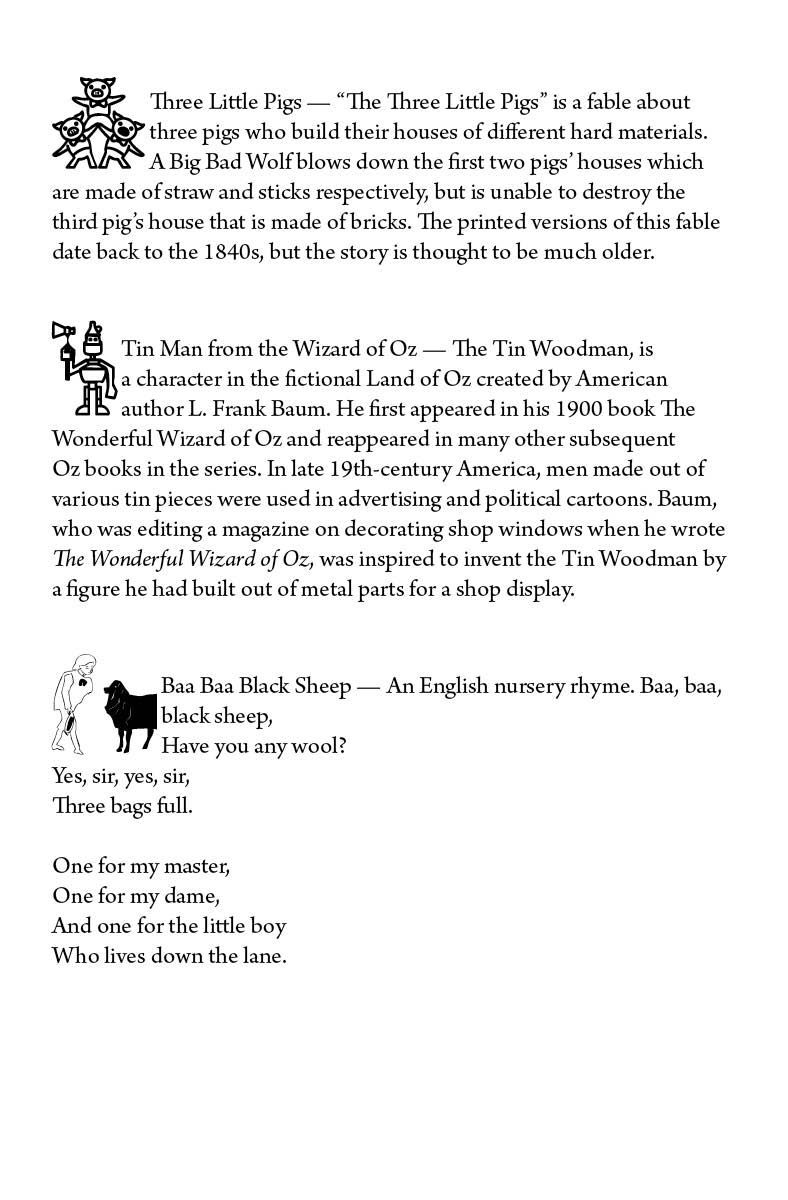

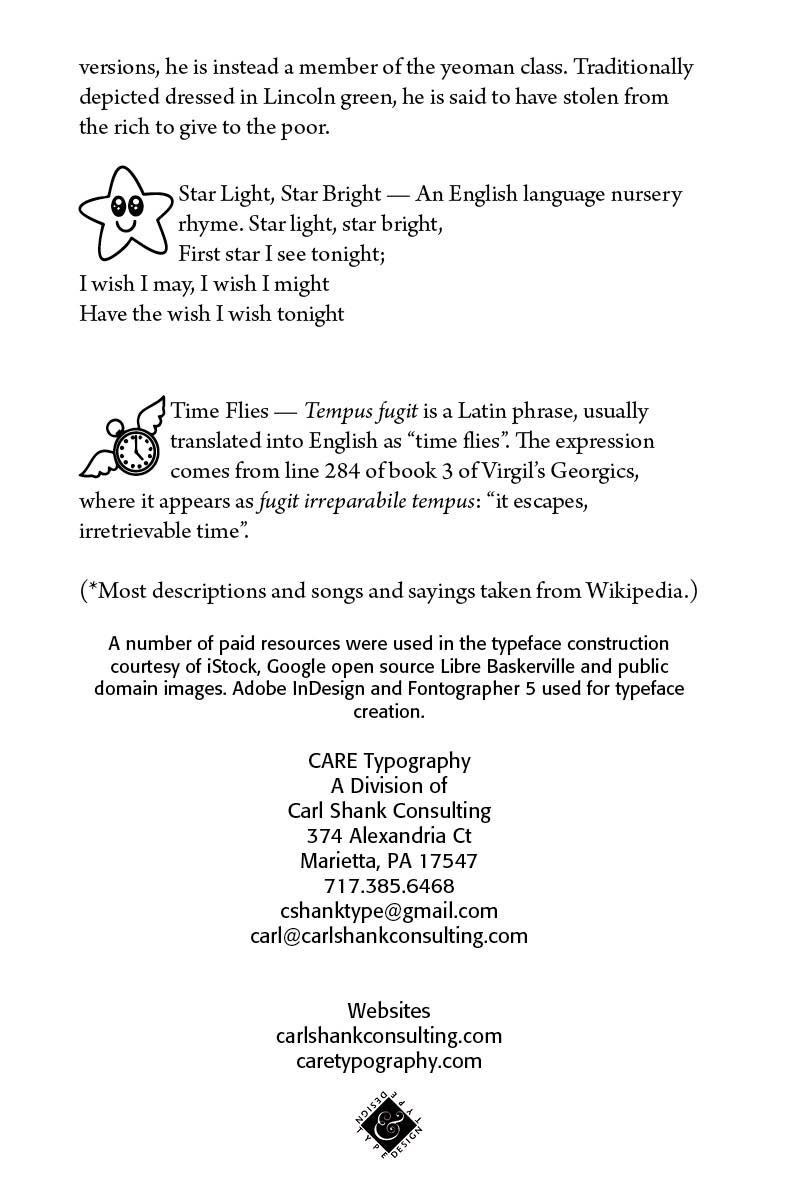
Successful Layout & Design
